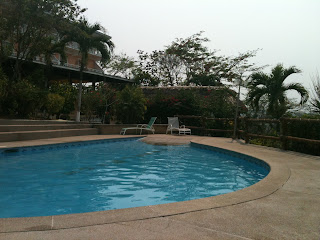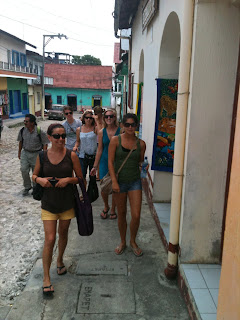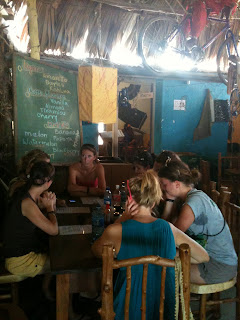A collection of Belizean and Guatemalan windows and doors...
Saturday, April 30, 2011
It is time for parents to teach young people early on that in
diversity there is beauty and there is strength.
-Maya Angelou
Inclusive education does not give up on slow learners, on the poor and the most vulnerable,
on people who are differently abled. Neither does it discriminate in terms of culture and
faith affiliation. Instead, it capitalize on the diversity of individual learners to broaden perspectives
and enrich the learning experience. It is about understanding other cultures, other faiths, and
and enrich the learning experience. It is about understanding other cultures, other faiths, and
people who are different from us, with the aim of achieving greater global understanding and tolerance,
and obtaining peace for our conflict-plagued world.
and obtaining peace for our conflict-plagued world.
- Education for a peaceful, just, and equitable world, Editorial, Manila Bulletin Online
National Resource Centre for Inclusive Education Mission Statement - Belize Ministry of Education
The National Resource Center for Inclusive Education works in partnership with School
personnel, Families, Religious, Government and Non-Governmental Organizations to develop inclusive
school communities, which nurture and appreciate the diverse learning needs of all students. This is done
by identifying the unique learning needs of students; facilitating the provision of effective educational
practices and encouraging the creation of conducive learning environments where all students can grow
into persons who will lead active and productive lives.
into persons who will lead active and productive lives.
Where did our US Department of Education go wrong? How can a country that spends billions of dollars funding special education programs have missed the boat on this one – the philosophical belief in inclusive education for ALL students? The Individuals with Disabilities Education Act (IDEA) is the US federal mandate that requires states to provide “special education” for students with disabilities as a condition for receiving federal educational funding. Unfortunately, inclusion is not even mentioned in IDEA . Rather, students with disabilities in the US are identified, labeled, and segregated in to special education classrooms. Typically, pre-kindergarten students with significant disabilities are placed in disability segregated preschool classroom at the start of their public school career and continue to learn in that type of environment (8-12 other students with significant disabilities) for the next 13 years. These students rarely get the opportunity to learn, play, or converse with same-age,” typical” peers. This is not because of the lack of ability, but because of the structural belief systems that exists within US public schools.
Although successful inclusion is not a reality in many schools in Belize, at least the philosophical foundation for education in Belize is wrapped around the idea of inclusive schools. In the US we are constantly identifying, labeling, and segregating things or people into categories. While there is a need for this kind of thought, it is unfortunate when it is applied to the characteristics that make us unique as individuals.
It is promising to see that The Ministry of Education in Belize has laid the footprint for creating an inclusive educational system for all children in Belize. It will take a lot of time and resources, but at least the foundation has been laid in the warm Belizean sand.
Sunday, April 24, 2011
Subscribe to:
Comments (Atom)





























































